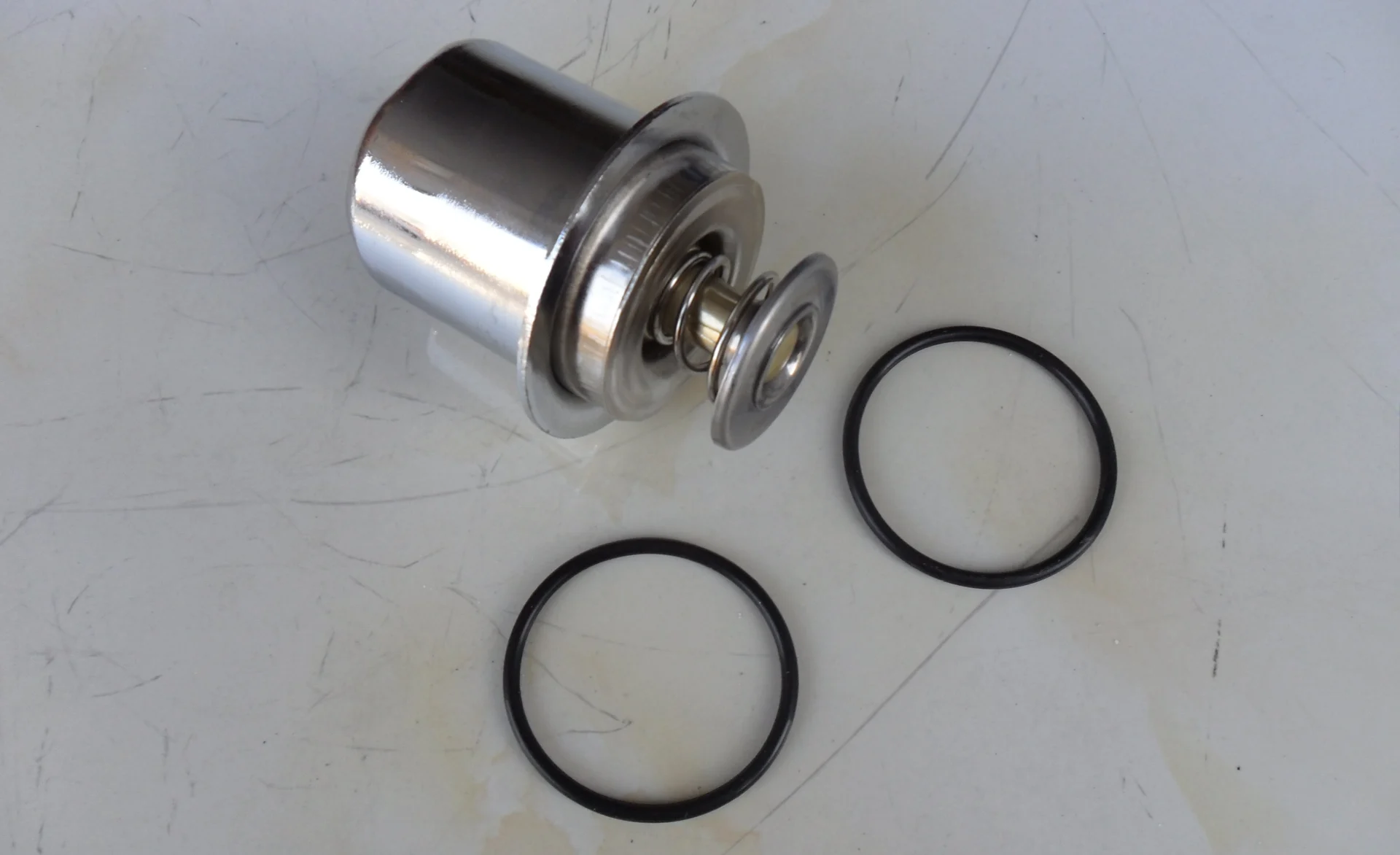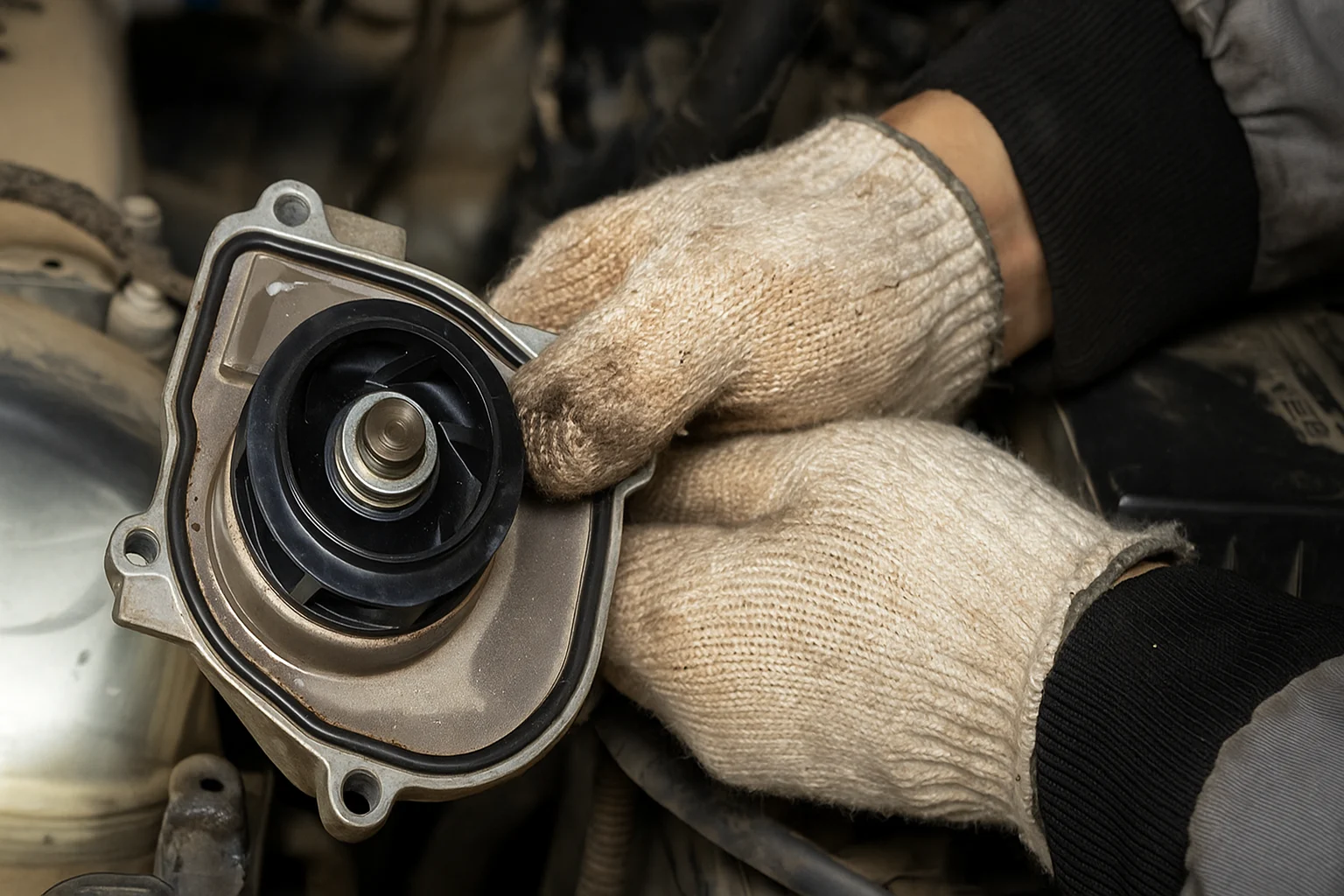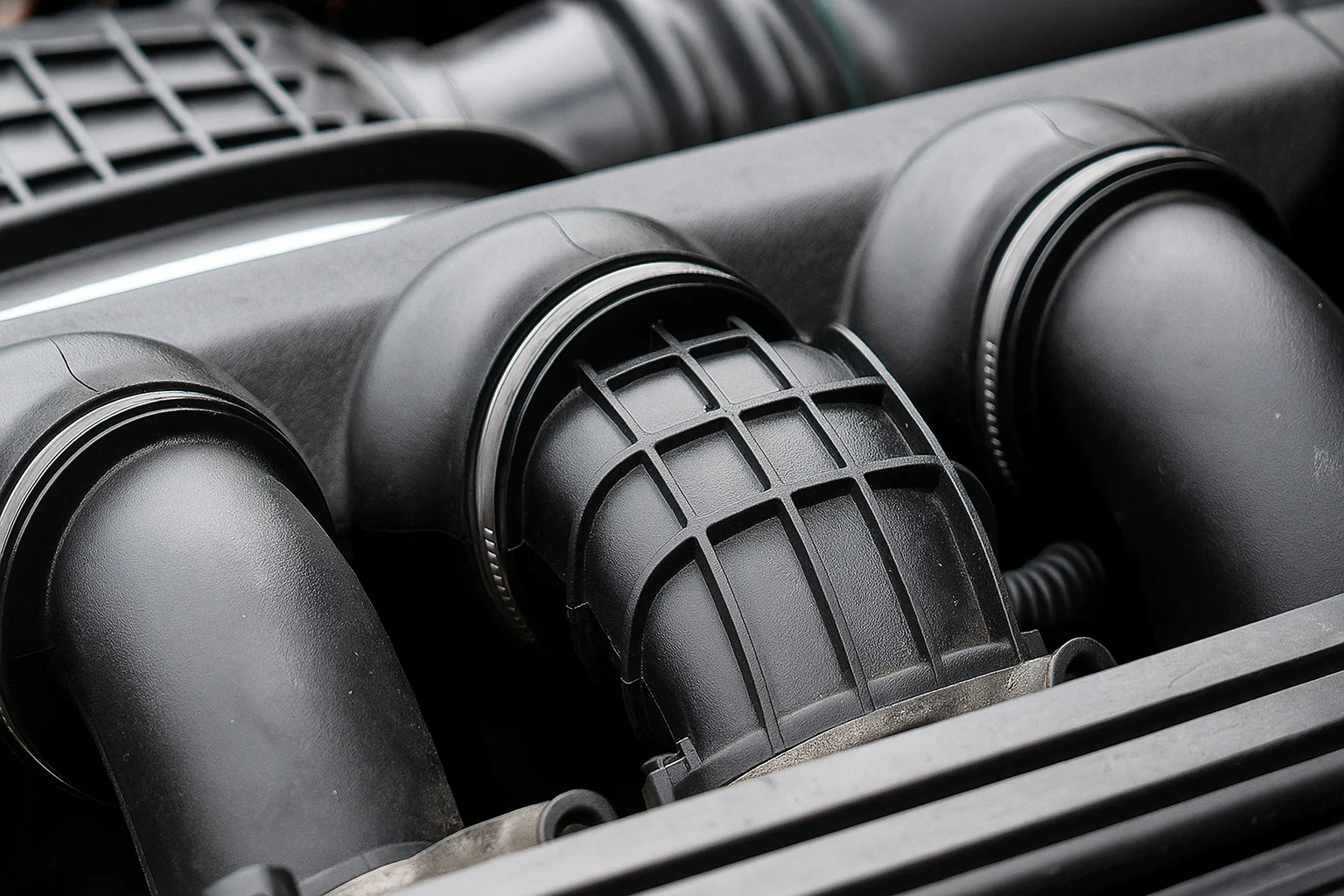
How to Maintain an Engine Thermostat: Complete Guide for Diesel Engines
🔧 Key Takeaways: Engine Thermostat Maintenance
| Maintenance Task | Frequency | Impact |
|---|---|---|
| Check Coolant Level | Monthly | Prevents overheating |
| Monitor Temperature Gauge | Daily | Early problem detection |
| Replace Coolant | Every 2-5 years | Extends thermostat life |
| Avoid Extreme Temperatures | Always | Reduces stress on parts |
Did you know that engine thermostat failures cause 12% of all cooling system repairs? Moreover, proper thermostat maintenance can save you thousands of dollars in engine damage. Therefore, understanding how to maintain your engine thermostat is essential for every diesel engine owner.
What is an Engine Thermostat and Why is It Important?
An engine thermostat is a crucial component in your vehicle’s cooling system. Specifically, it regulates coolant flow between the engine and radiator. Additionally, this small but mighty part ensures your engine operates within the optimal temperature range of 195°F to 220°F (90°C to 105°C).
“A properly functioning thermostat improves fuel efficiency by up to 10% and significantly reduces harmful emissions.” – EPA Vehicle Regulations
Furthermore, the thermostat prevents both overheating and overcooling. Consequently, this protection helps avoid costly engine repairs and maintains optimal performance.
Signs of a Faulty Engine Thermostat
Recognizing early warning signs can save you from expensive repairs. Therefore, watch for these common symptoms of a failing engine thermostat:
- Engine overheating or running too cold
- Fluctuating temperature gauge readings
- Poor heater performance inside the vehicle
- Coolant leaks or unusual noises from the engine bay
- Reduced fuel efficiency and increased emissions
⚠️ Important Fact: According to the Automotive Maintenance & Repair Association (AMRA) 2023 survey, thermostat-related failures account for approximately 12% of cooling system repairs.
Regular Inspection of Coolant Level and Quality
Maintaining proper coolant levels is essential for engine thermostat health. Specifically, low coolant levels can cause overheating, while degraded coolant loses its protective properties. Therefore, experts recommend checking coolant levels at least once monthly.
Coolant Maintenance Checklist
| Checkpoint | Frequency | Recommended Action |
|---|---|---|
| Coolant level | Monthly | Top up if below minimum mark |
| Coolant quality (color, clarity) | Every 6 months | Replace if discolored or contaminated |
Additionally, always use the correct coolant type specified by your engine manufacturer. Moreover, mixing different coolant types can damage your engine thermostat and cooling system.
Monitoring Engine Temperature for Early Detection
Your engine temperature gauge serves as the first indicator of thermostat problems. Therefore, if the gauge frequently shows abnormal readings—either too high or too low—it may signal a stuck thermostat.
Furthermore, modern diesel engines often include digital temperature displays. Consequently, these systems provide more accurate readings than traditional analog gauges. Additionally, some advanced systems send alerts directly to your smartphone through telematics systems.
Temperature Monitoring Tips:
- Check the gauge during every drive
- Note any sudden changes in temperature readings
- Record temperature patterns over time
- Take action immediately if overheating occurs
The Importance of Timely Coolant Replacement
Coolant replacement is critical for engine thermostat maintenance. Specifically, coolant degrades over time and accumulates impurities that can clog the thermostat. Therefore, vehicle manufacturers typically recommend coolant replacement every 2 to 5 years or 30,000 to 60,000 miles.
📊 Research Finding: A study by the National Institute for Automotive Service Excellence (ASE) found that 35% of cooling system failures were linked to overdue coolant changes.
Moreover, different coolant types have varying lifespans. For instance, traditional green coolant lasts 2-3 years, while extended-life coolants can last up to 5 years. Therefore, always consult your owner’s manual for specific recommendations.
Avoiding Extreme Temperature Conditions to Protect Your Thermostat
Operating your diesel engine in extreme temperature conditions puts additional stress on the engine thermostat. For example, in hot climates, the thermostat works harder to prevent overheating. Similarly, in cold climates, it must open and close frequently to maintain proper temperature.
Tips to Reduce Thermostat Stress:
- Avoid idling in extreme heat for long periods
- Use engine block heaters in cold climates
- Park in shaded areas when possible
- Allow proper warm-up time in cold weather
- Install auxiliary cooling fans for heavy-duty applications
Furthermore, proper maintenance becomes even more critical in extreme conditions. Therefore, consider more frequent inspections if you operate in harsh environments.
Industry Statistics on Engine Thermostat Failures and Maintenance
Understanding industry data helps put engine thermostat maintenance in perspective. Therefore, here are key statistics from recent automotive studies:
| Statistic | Data Source | Percentage/Value |
|---|---|---|
| Cooling system repairs involving thermostat | AMRA 2023 Report | 12% |
| Cooling system failures due to old coolant | ASE 2024 Study | 35% |
| Average lifespan of a thermostat | Industry average | 50,000 – 100,000 miles |
| Vehicles overdue for coolant change | Automotive Maintenance Survey | 40% |
These statistics highlight the importance of regular engine thermostat maintenance. Additionally, they show that many vehicle owners neglect basic cooling system care.
How Hubei Cicada Company Supports Your Engine Thermostat Maintenance Needs
At Hubei Cicada Company, we understand the critical importance of reliable cooling system components. Specifically, we specialize in high-quality engine thermostats and related cooling system parts for diesel engines, generator sets, construction machinery, and agricultural equipment.
Our Engine Thermostat Solutions Include:
- Premium quality thermostats that meet OEM standards
- Radiators and intercoolers for complete cooling system support
- Water pumps and related components for optimal coolant circulation
- Complete overhaul kits for comprehensive engine maintenance
- Expert technical support and installation guidance
Moreover, all our products come with comprehensive warranties and are manufactured in our state-of-the-art facility in Hubei Province. Therefore, you can trust our components to deliver reliable performance in the most demanding applications.
“Quality engine components aren’t just parts—they’re the foundation of reliable equipment operation and business success.” – Hubei Cicada Engineering Team
Visit cicapaparts.com to explore our complete range of engine components and get expert advice on maintaining your diesel engine’s cooling system.
Conclusion: Keep Your Engine Running Cool and Efficient
Proper engine thermostat maintenance is essential for reliable diesel engine operation. By following these key maintenance practices—regular coolant checks, temperature monitoring, timely coolant replacement, and avoiding extreme conditions—you can significantly extend your thermostat’s lifespan and prevent costly engine damage.
Remember, statistics show that 40% of vehicles are overdue for coolant changes, and 35% of cooling system failures result from neglected maintenance. Therefore, don’t become part of these statistics.
🚀 Ready to Upgrade Your Engine’s Cooling System?
Get premium quality engine thermostats and cooling system components from Hubei Cicada Company. Our expert team is ready to help you find the perfect parts for your diesel engine, generator set, or heavy machinery.
📞 Need Expert Advice? Contact our technical support team for personalized recommendations and installation guidance.


